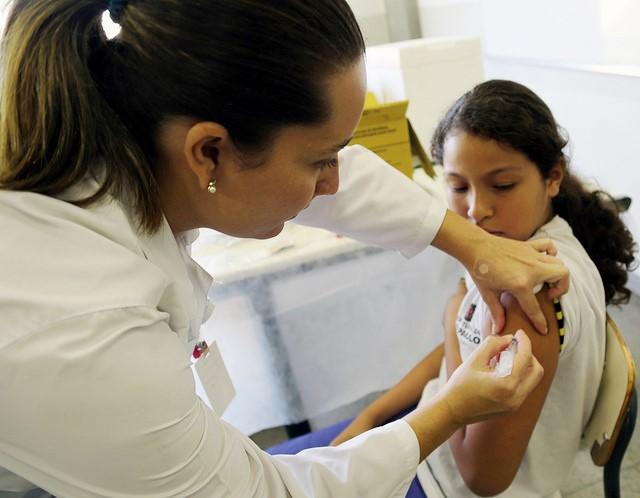
The tetanus and diphtheria (Td) vaccine is expected to be in short supply throughout the year after one of the two suppliers to the United States discontinued production, the Centers for Disease Control and Prevention (CDC) warns.
The nonprofit organization MassBiologics recently stopped production of its TdVax vaccine, leaving only Sanofi's Tenivac on the market. Grifols USA, which distributes TdVax, told the CDC that supplies are expected to last only until June, and Sanofi has said that it's working to augment US supplies of Tenivac to try to offset the gap.
To conserve available supplies of Tenivac, the CDC has implemented temporary ordering limits. While supplies of the diphtheria, tetanus, and pertussis (Tdap) vaccines (Sanofi's Adacel and GSK's Boostrix) aren't limited, they are more expensive, and a very small fraction of patients can develop encephalopathy (brain damage) from the pertussis component.
Tdap vaccine can be substituted in most people
The CDC recommends that healthcare providers use Tdap vaccine rather than Td vaccine in patients without a pertussis vaccine contraindication. It said that Tdap can also be substituted when a tetanus booster is needed for wound management. Td and Tdap vaccines are given during childhood and then every 10 years or when needed for tetanus prevention after severe or contaminated wounds or burns.
While supplies of the diphtheria, tetanus, and pertussis (Tdap) vaccines aren't limited, they are more expensive, and a very small fraction of patients can develop encephalopathy (brain damage) from the pertussis component.
Also known as lockjaw, tetanus is a very rare infection caused by the bacterium Clostridium tetani, which releases a toxin that causes painful muscle spasms. Diphtheria, caused by the toxin-releasing bacterium Corynebacterium diphtheriae, can cause shortness of breath, abnormal heart rhythms, and death. Pertussis, also known as whooping cough, is a highly contagious infection of the respiratory tract caused by Bordetella pertussis or Bordetella parapertussis bacteria.
The Td vaccine shortage comes on the heels of a recent and ongoing US shortage of the new respiratory syncytial virus (RSV) monoclonal antibody injection for infants, Beyfortus.













